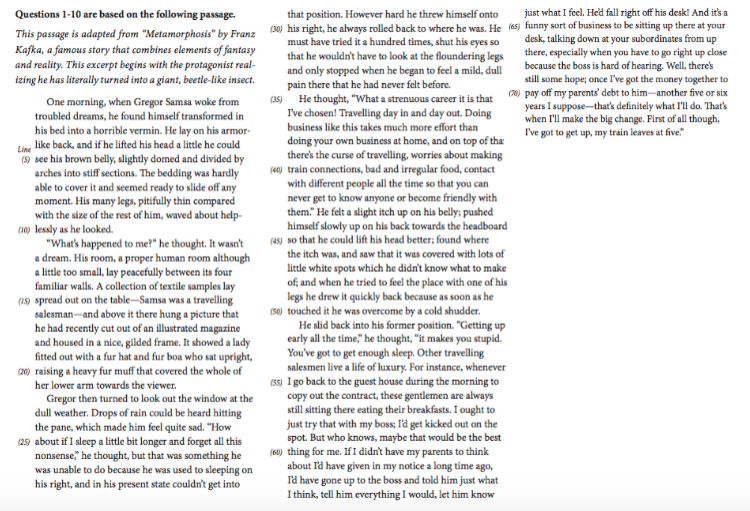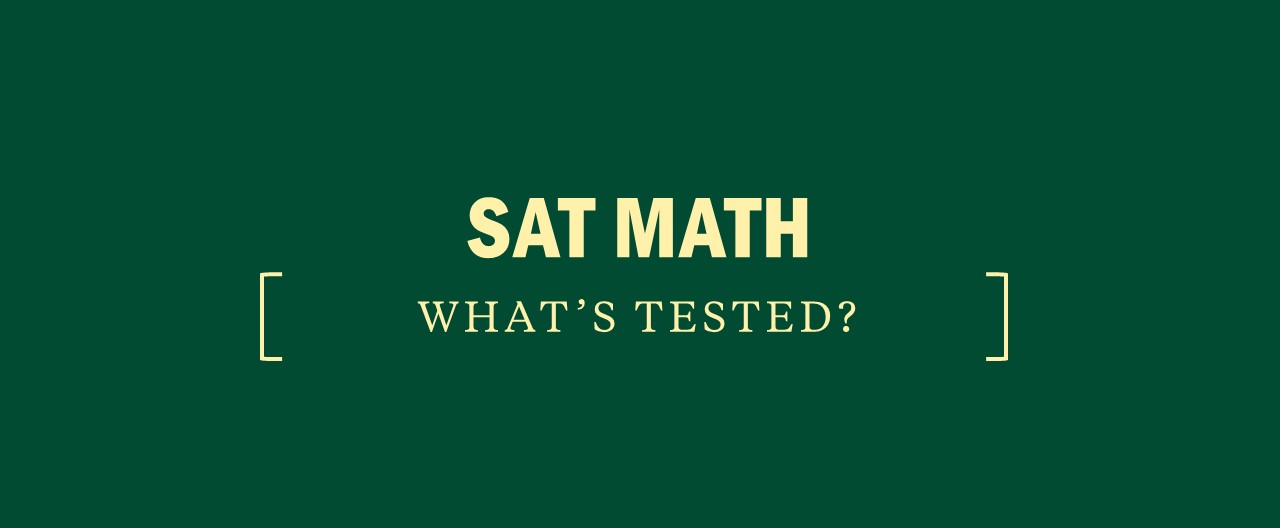What are Citing Textual Evidence Questions on the SAT?
The 2016 test changes to the SAT included the debut of a new type of question on the SAT Reading Test that involves “Citing Textual Evidence” (CTE, for short) and here’s everything you need to know about it!
What do these questions ask?
CTE questions ask you to provide lines from the passage that support a given conclusion, most commonly your answer to a previous question. Here’s an example of an SAT Reading question, followed by a CTE question:
Think of CTE questions as questions that ask you to explain your logic for answering another question the way you did. You will see exactly 10 CTE questions on the SAT Reading Test (two per passage or pair of passages). With these questions accounting for roughly 20% of the Reading Test, you will definitely want to know how best to approach them!
How should I approach them?
First of all, your Reading Test Day success hinges on using evidence from the passages as you answer all questions. Because Reading Test answers are always based on direct information from the passages, you should literally be able to put your finger on a place in the passage to support your answer to any given question. Using this approach, you will have no problem with the CTE questions because you would have already found the lines supporting your answer.
Occasionally, you’ll feel completely stumped on a Reading question. Maybe more than one answer seems possible. If the Reading question is followed by a CTE question, you’re in luck! You can use the answer choices to the CTE question to your advantage. Locate the places in the passage referenced by the CTE choices, and ask yourself which one provides an answer to the previous question. In this manner, CTE questions can actually help you answer both questions at once! Though it’s preferable to work on the CTE question after you’ve answered its non-CTE counterpart (among other things, this gives you confirmation that you’re thinking about the passage correctly), there is still a good chance you can get both right if you keep calm.
The sample passage below is followed by both non-CTE questions and their CTE counterparts. Give these a try using the approach above.
[<Previous: What’s Tested on the SAT Reading and Writing Section?]
[Next: SAT Reading Strategy: Passage First or Question First?>]






